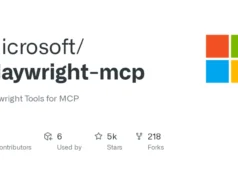VolWeb is a digital forensic memory analysis platform that leverages the power of the Volatility 3 framework. It is dedicated to aiding in investigations and incident responses.
Objective
The goal of VolWeb is to enhance the efficiency of memory collection and forensic analysis by providing a centralized, visual, and enhanced web application for incident responders and digital forensics investigators.
Once an investigator obtains a memory image from a Linux or Windows system, the evidence can be uploaded to VolWeb, which triggers automatic processing and extraction of artifacts using the power of the Volatility 3 framework.
By utilizing cloud-native storage technologies, VolWeb also enables incident responders to directly upload memory images into the VolWeb platform from various locations using dedicated scripts interfaced with the platform and maintained by the community.
Another goal is to allow users to compile technical information, such as Indicators, which can later be imported into modern CTI platforms like OpenCTI, thereby connecting your incident response and CTI teams after your investigation.
Project Documentation And Getting Started Guide
The project documentation is available on the Wiki. There, you will be able to deploy the tool in your investigation environment or lab.
Important
Take time to read the documentation in order to avoid common miss-configuration issues.
Interacting With The REST API
VolWeb exposes a REST API to allow analysts to interact with the platform.
There is a dedicated repository proposing some scripts maintained by the community: the wiki of the project to learn more about the possible API calls.
Issues
If you have encountered a bug, or wish to propose a feature, please feel free to open an issue.
To enable us to quickly address them, follow the guide in the “Contributing” section of the Wiki associated with the project.




























